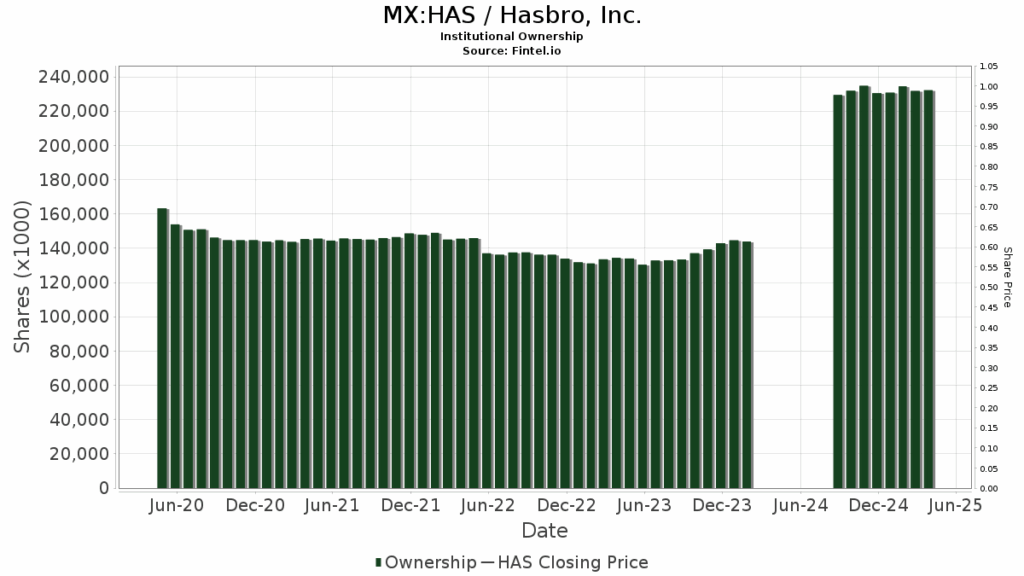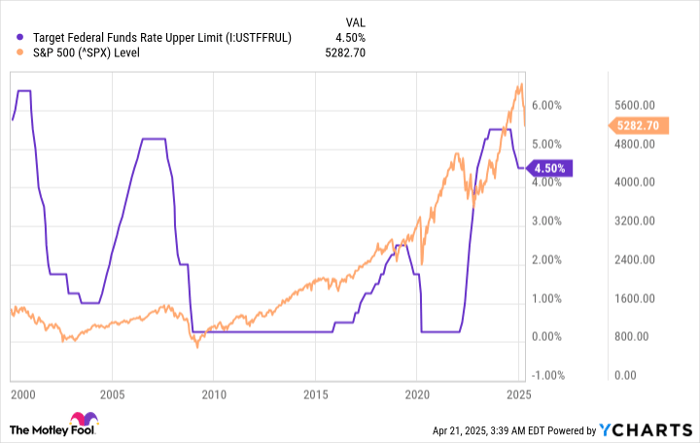Dollar Strengthens as Trade Tensions Ease; Currency and Market Insights
The dollar index (DXY00) increased by +0.11% on Friday, as the currency showed modest gains amid hopes of easing U.S.-China trade tensions. Bloomberg reported that China is considering suspending its 125% tariffs on selected U.S. imports, which include medical equipment and industrial chemicals like ethane. Additionally, the dollar received a boost following an unexpected upward revision in the University of Michigan’s U.S. April consumer sentiment index.
Despite initial gains, the dollar retracted from its highs due to concerns that the trade conflict could prolong and negatively impact U.S. growth. President Trump stated that the U.S. would not reduce tariffs on China unless “they give us something substantial.”
The University of Michigan’s consumer sentiment index for April was revised upward by +1.4 points to 52.2, surpassing expectations of 50.5, while the one-year inflation expectations indicator was adjusted down to +6.5% from +6.7%, lower than the anticipated increase to +6.8%. Market sentiment is currently pricing in an 11% chance of a -25 basis point rate cut following the FOMC meeting on May 6-7, a decrease from last week’s 30% likelihood.
Euro Currency Pressure from Stronger Dollar
The EUR/USD exchanged at -0.11% on Friday as the euro faced pressure from a stronger dollar. Dovish comments from European Central Bank (ECB) officials also weighed on the euro. ECB President Christine Lagarde remarked that “downside risks to economic growth have increased,” while ECB Governing Council member Robert Holzmann pointed out a disinflationary effect in the Eurozone due to U.S. tariffs. The euro recovered slightly from earlier losses after Trump’s comments about tariffs.
Lagarde’s emphasis on increasing economic risks and Holzmann’s observations about tariff impacts suggest further caution in the Eurozone. Markets assign a 98% probability for a -25 basis point rate cut from the ECB during its June 5 policy meeting, reflecting prevailing economic sentiment.
Yen Declines Amid U.S.-China Trade Easing
The USD/JPY climbed by +0.65% on Friday, with the yen dropping to a 1.5-week low against the dollar. This decline occurred as signs of de-escalation in the U.S.-China trade conflict diminished the yen’s safe-haven appeal. News of the Chinese government potentially suspending tariffs bolstered this sentiment. A rally in the Nikkei Stock Index to a 3.5-week high further curbed demand for the yen. However, the yen’s losses were partially mitigated by stronger-than-expected consumer price index (CPI) data from Tokyo.
April’s Tokyo CPI rose by +3.5% year-over-year, ahead of the +3.3% forecast, marking the largest increase in two years. Excluding fresh food and energy, Tokyo CPI rose by +3.1%, also exceeding the anticipated +2.8%, suggesting potential hawkish implications for Bank of Japan policy.
Precious Metals Retreat on Strong Dollar and Market Dynamics
June gold (GCM25) closed down -50.20 (-1.50%), and May silver (SIK25) decreased by -0.493 (-1.47%) on Friday due to the stronger dollar. Market hopes for a U.S.-China trade easing also triggered long liquidation in precious metals. Additionally, the inflation data from Japan might influence the Bank of Japan’s decision to raise interest rates, negatively impacting precious metal prices.
Despite the retreat in metals, lower T-note yields provided some support, while the dovish stance from ECB President Lagarde on economic growth risks offered potential bullish factors for gold. Geopolitical tensions in the Middle East, including ongoing conflicts involving Israel and Hamas, and the U.S. and Houthi groups, continued to drive safe-haven demand for precious metals.
On the date of publication, Rich Asplund did not have (either directly or indirectly) positions in any of the securities mentioned in this article. All information and data in this article is solely for informational purposes. For more information, please view the Barchart Disclosure Policy.
here.
The views and opinions expressed herein are the views and opinions of the author and do not necessarily reflect those of Nasdaq, Inc.



